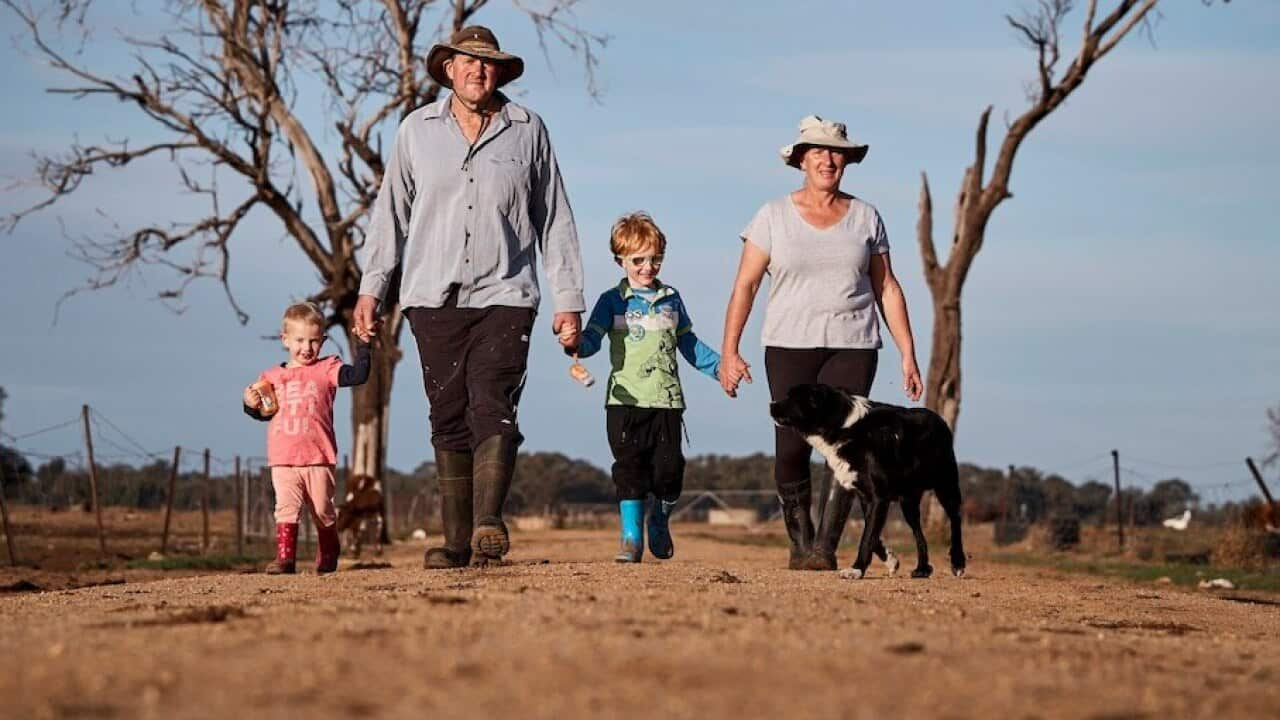Having been a teacher for decades, 64-year-old Shelly* never had a problem filling out obligatory forms.
That was until the northern NSW local had to complete Centrelink paperwork and identify as ‘unemployed’ so she could claim Newstart.
To-date, Shelly has been on Newstart for around a year and a half after losing her contract teaching job and being hospitalised for burnout and severe depression.
“My contract was terminated [and I was not permanent and had no sick leave entitlements]. Consequently, I was in hospital and had no money. So I had to go on Newstart. It was a really big shock.”
According to the Australian Council of Social Service (ACOSS), the single rate of Newstart is $282 per week (about $40 a day), which is more than $100 per week below the poverty line. It’s also less than 40 per cent of the minimum wage.
Shelly currently gets $520 a fortnight – $260 a week – in Newstart benefits, as she earns a small amount of income from a casual job at a take-away food shop. She also does volunteer work at a library and the local court.
However, during her first year of unemployment when she was medically unfit for any work, the Newstart rate was too low to live on. So Shelly dipped into her superannuation to supplement government assistance and make ends meet. “If I didn’t do that, I couldn’t have lived. I would have lost my house, as I’m still paying it off. I would have been on the street.”
To cope with the low rate of Newstart, Shelly has cut back on all luxury items and a few basic essentials.
“There’s not much money left over from Newstart by the time you have paid all of your bills. I haven’t been out to dinner for a long time. I get clothes from the op shop or only buy them when they’re on sale. I usually eat twice a day. I always think very carefully about the food I'm buying. I shop for groceries once a fortnight and grow my own veggies.”
There’s not much money left over from Newstart by the time you have paid all of your bills.
Shelly, who is single, explains how demeaning the stigma of being a being on Newstart is.
“The fact that I am older and have worked really hard in paid employment my whole life is what makes being on Newstart so challenging for me,” Shelly tells SBS.
“The hardest thing is when you have go to the Centrelink building itself – which you have to do sometimes. You look around and think ‘I don’t want to be one of ‘those people’ receiving assistance from the government. Knowing that you are unemployed and claiming Newstart in itself is very demoralising.”
Although Shelly is grateful for receiving income assistance during her time of need, she’d like to see the rate of Newstart raised. “Having a safety net for people like me is important,” Shelly says. “But I think we're finding that so many people on Newstart are now living below the poverty line.”
So how do other Newstart recipients live?
Earlier this year, who receive Newstart or Youth Allowance about their quality of life on the government benefit.
The survey found that, just like Shelly, most respondents cut down on basic essentials to survive. It showed that 84 per cent of people skipped meals to save money, 66 per cent didn’t use heating in winter and 68 per cent only bought second-hand clothes. More than half of respondents reported having less than $100 left per week from Newstart, after they pay housing costs.
Right now, there are around – half of all recipients are over the age of 45.
Research fellow at UNSW’s Social Policy Research Centre, Dr Yuvisthi Naidoo, says that thanks to the low rate of Newstart and the way the claiming system is set up, it’s very hard to ‘sponge’ or live well at the expense of the taxpayer.
“The very mere fact that there are conditions that you have to fulfill to get the payment makes Newstart a non-dole bludging scheme,” Dr Naidoo tells SBS.
The Australian Council of Social Service says Newstart hasn’t increased in real terms for 25 years. It requests that the single rate of Newstart and other allowances increase by at least $75 a week, indexing the payment to wages.
“There’s a myth out there that people on Newstart who are asking for an increase are asking for more money to pay for middle class luxuries but they aren’t asking for that. They are asking for money to survive, to pay their rent, to pay for breakfast and to send their kids to school so they can properly participate.”
There’s a myth out there that people on Newstart who are asking for an increase are asking for more money to pay for middle class luxuries but they aren’t asking for that.
Dr Naidoo says whether or not the rate ends up being increased, one thing has to change and that’s the dole bludging stigma associated with unemployment in Australia.
“We have a social and moral obligation to not blame people for the fact they are unemployed. We have to understand that most people who don’t have a job aren’t dole bludgers – they are just trying to survive.”
*surname omitted for privacy reasons
Season 3 of Struggle Street airs on Wednesdays at 8.30pm on SBS. The four-part documentary series continues weekly on Wednesdays. Episodes will stream at after broadcast.
Catch up on episode one:
These videos were produced in partnership with SBS and the University of Sydney’s Matilda Centre for Research in Mental Health and Substance Use, Social Policy Research Centre, and Charles Sturt University.







